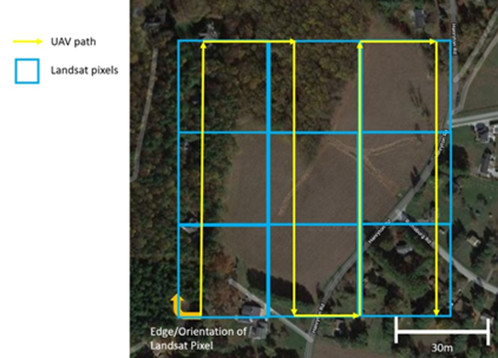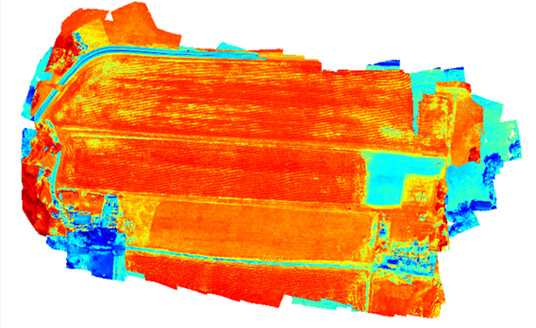
More detailed images allow for higher precision in yield estimates as more light data allows for accurate NDVI images. Precise yield estimates and crop health approximations will allow farmers to make more informed decisions on how to better nurture their crop. RSI has developed a single processing pipeline that adheres closely to Landsat standards for radiometric calibration and image correction including:
This system can be easily modified for various platforms and to measure other useful indices such as NG, NNIR, Red Edge and MSAVI.
Refer questions about our imaging or processing capabilities to Tai Ragan.

